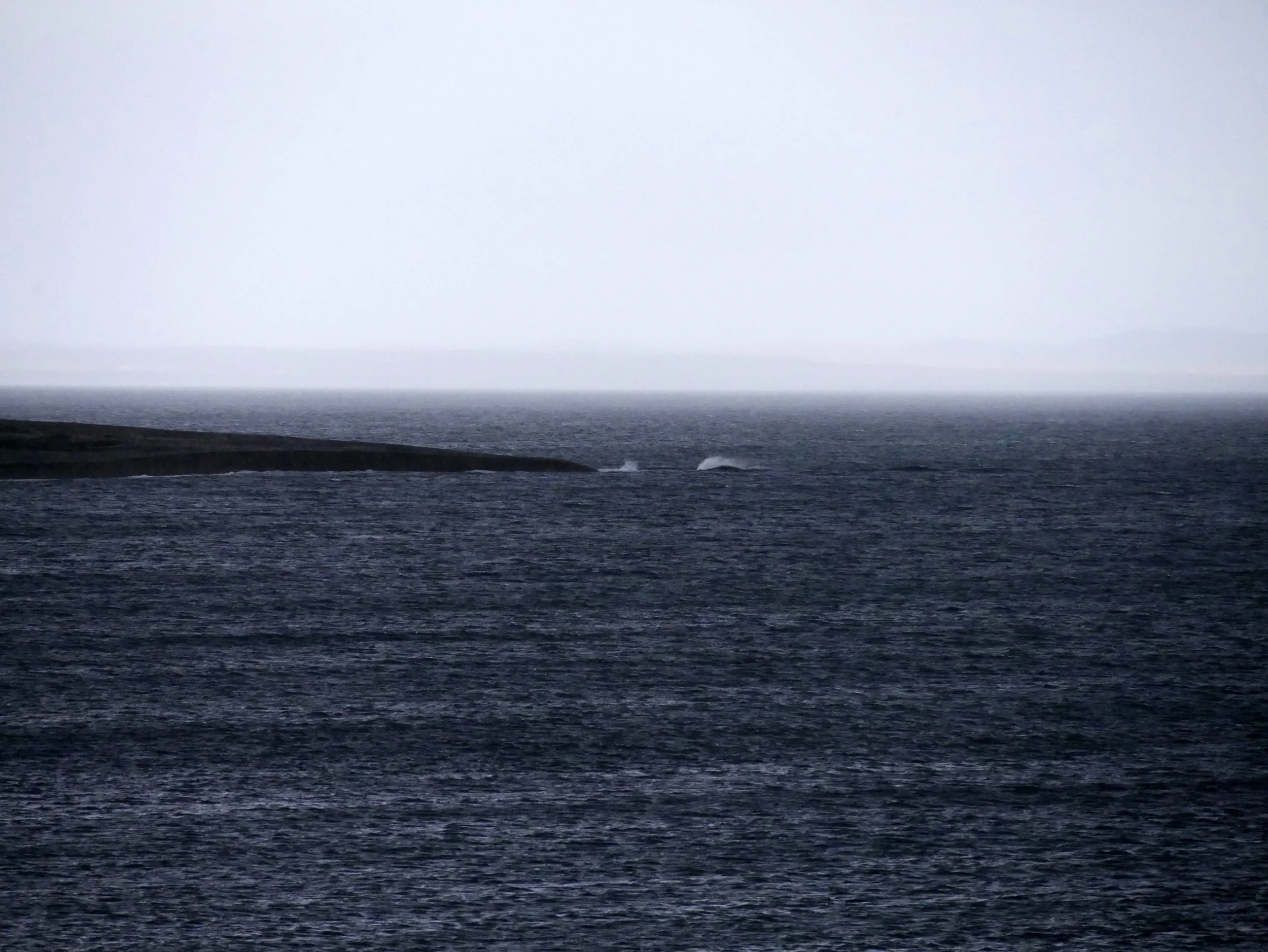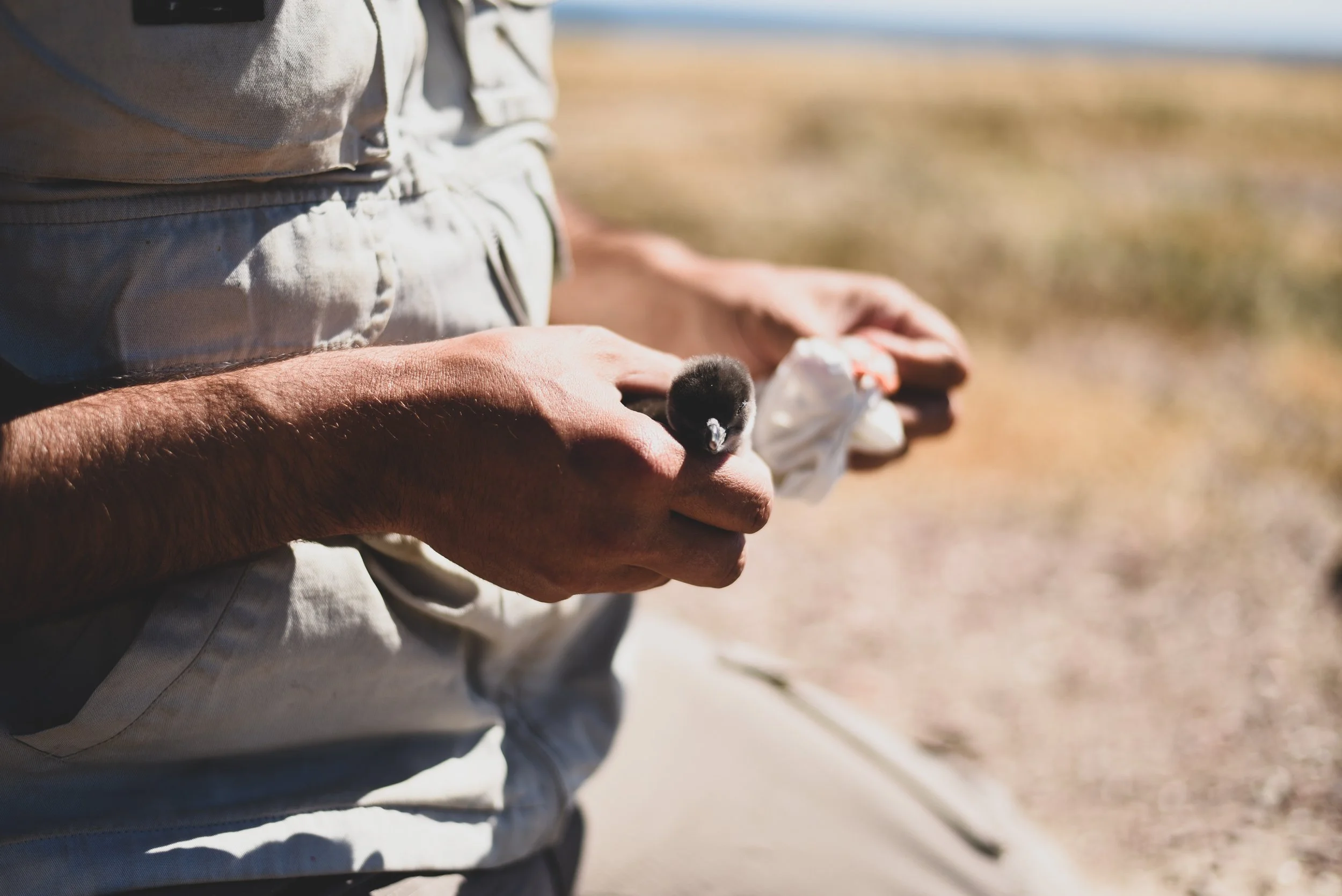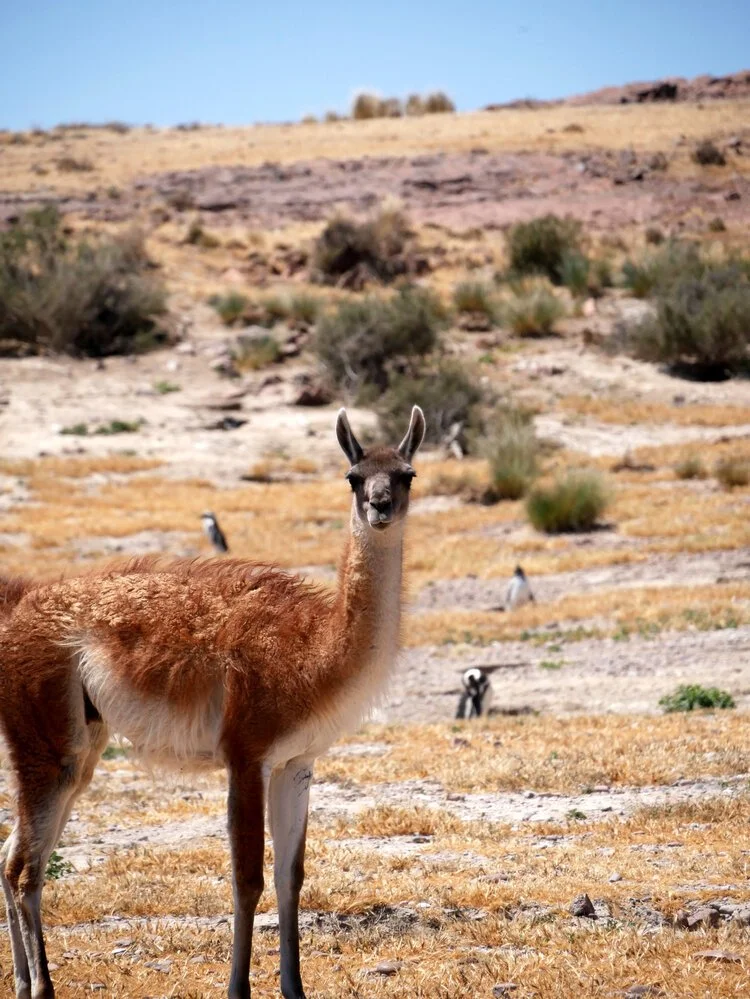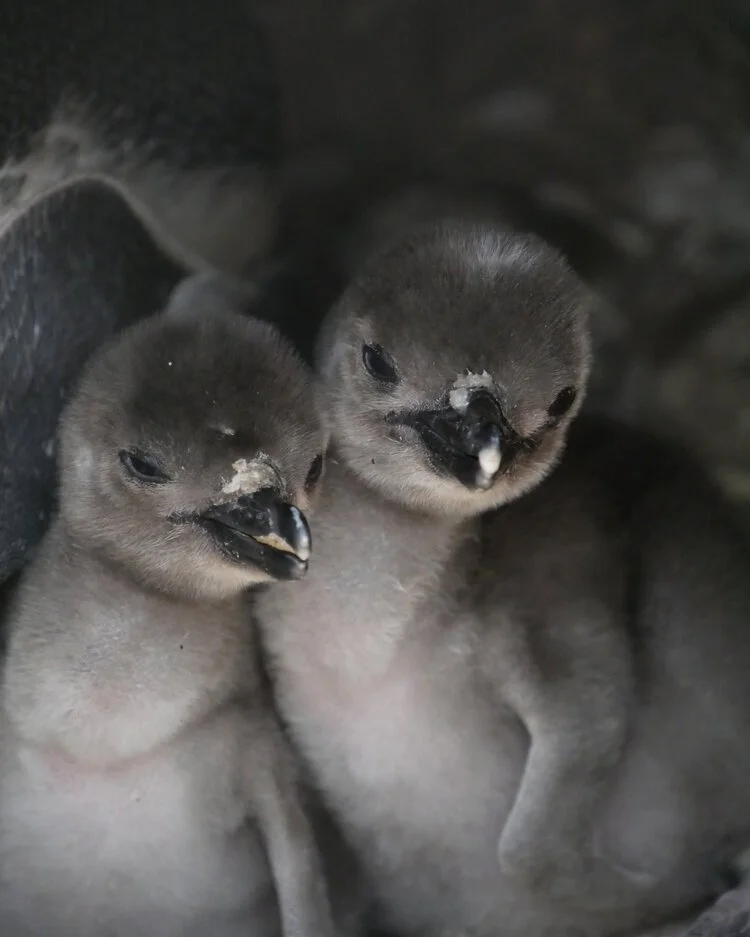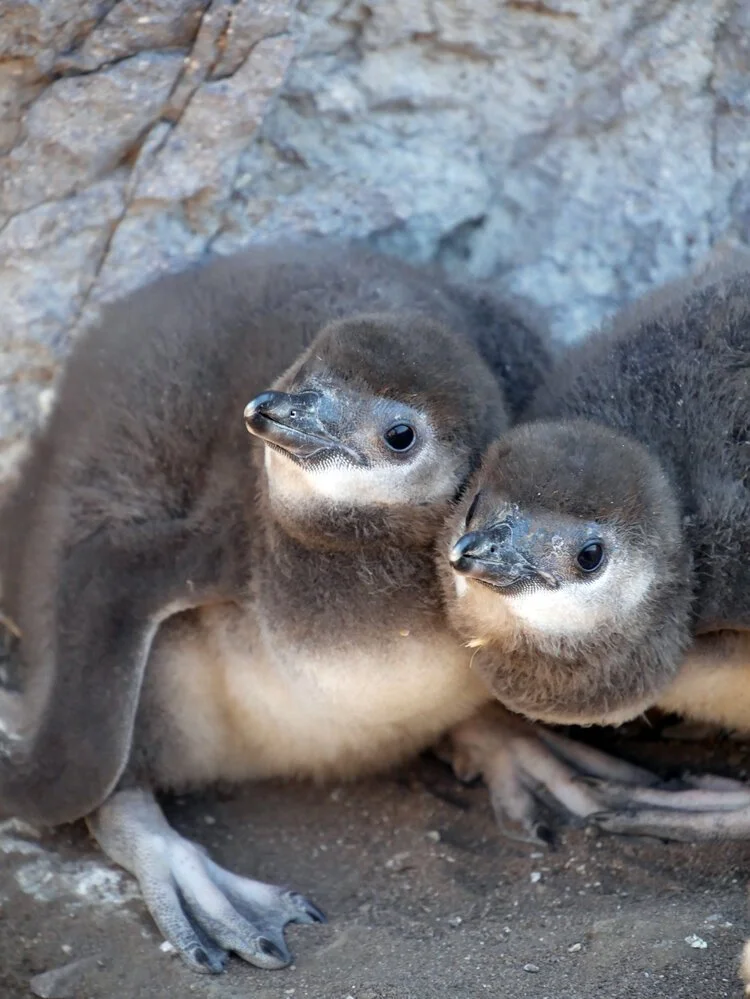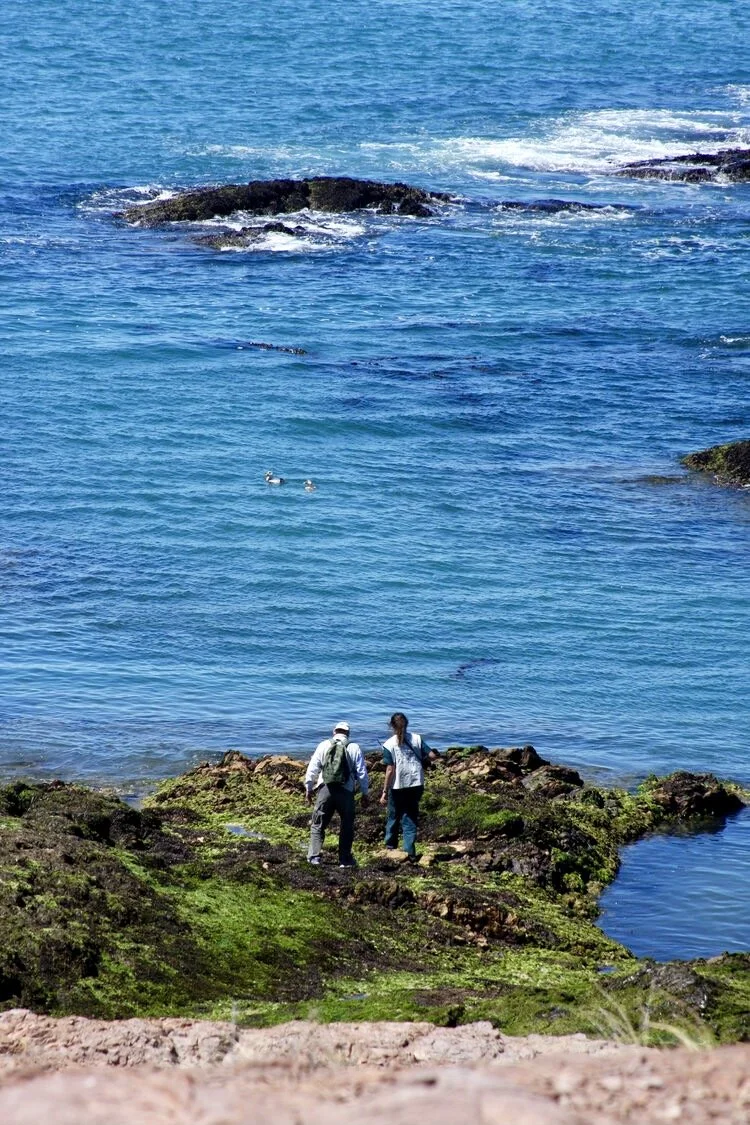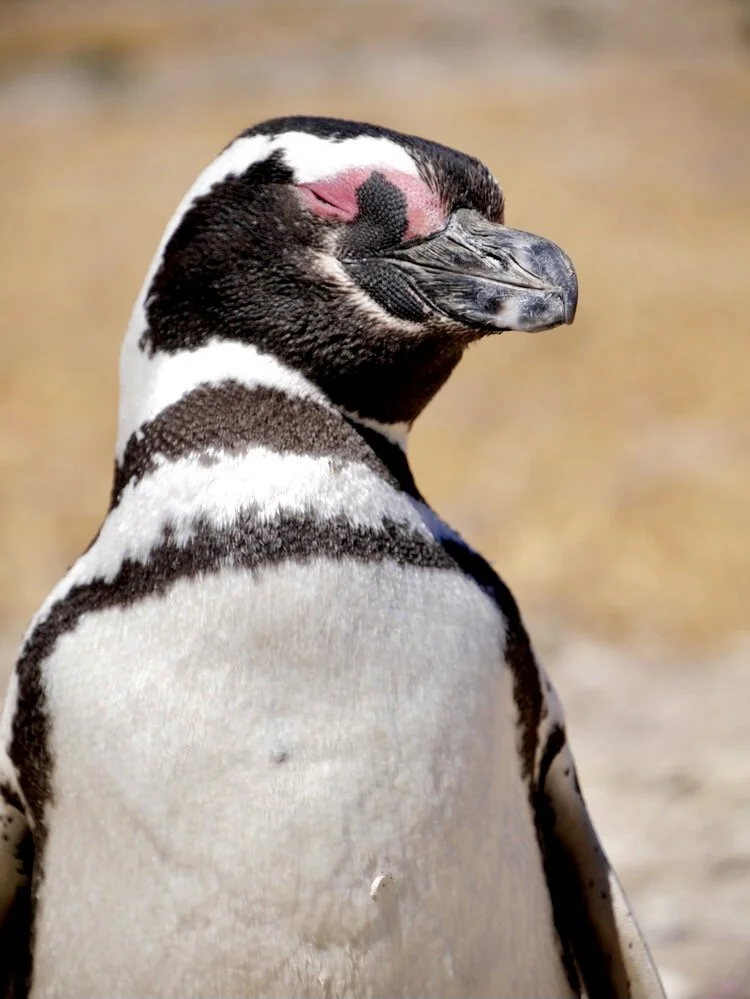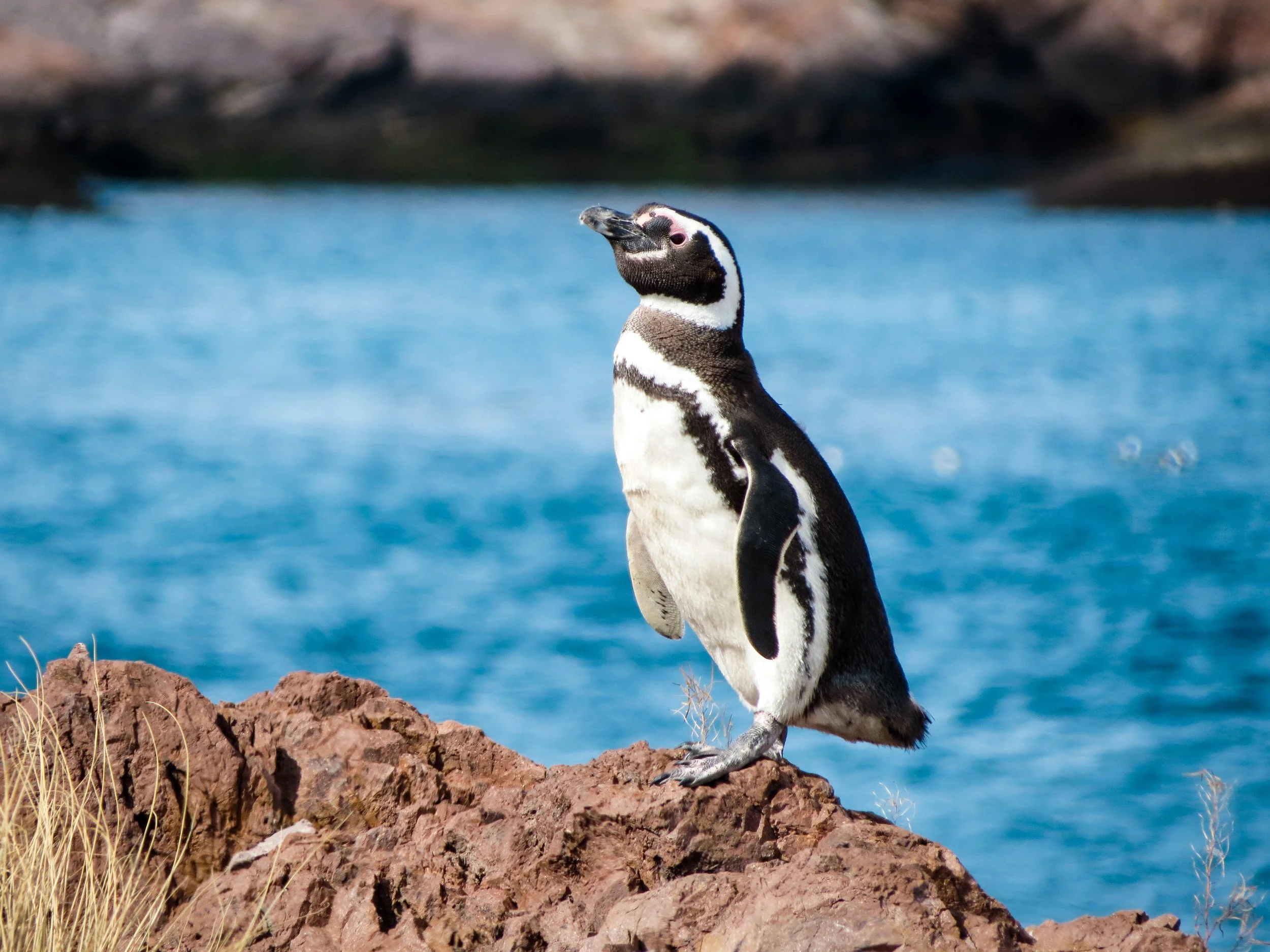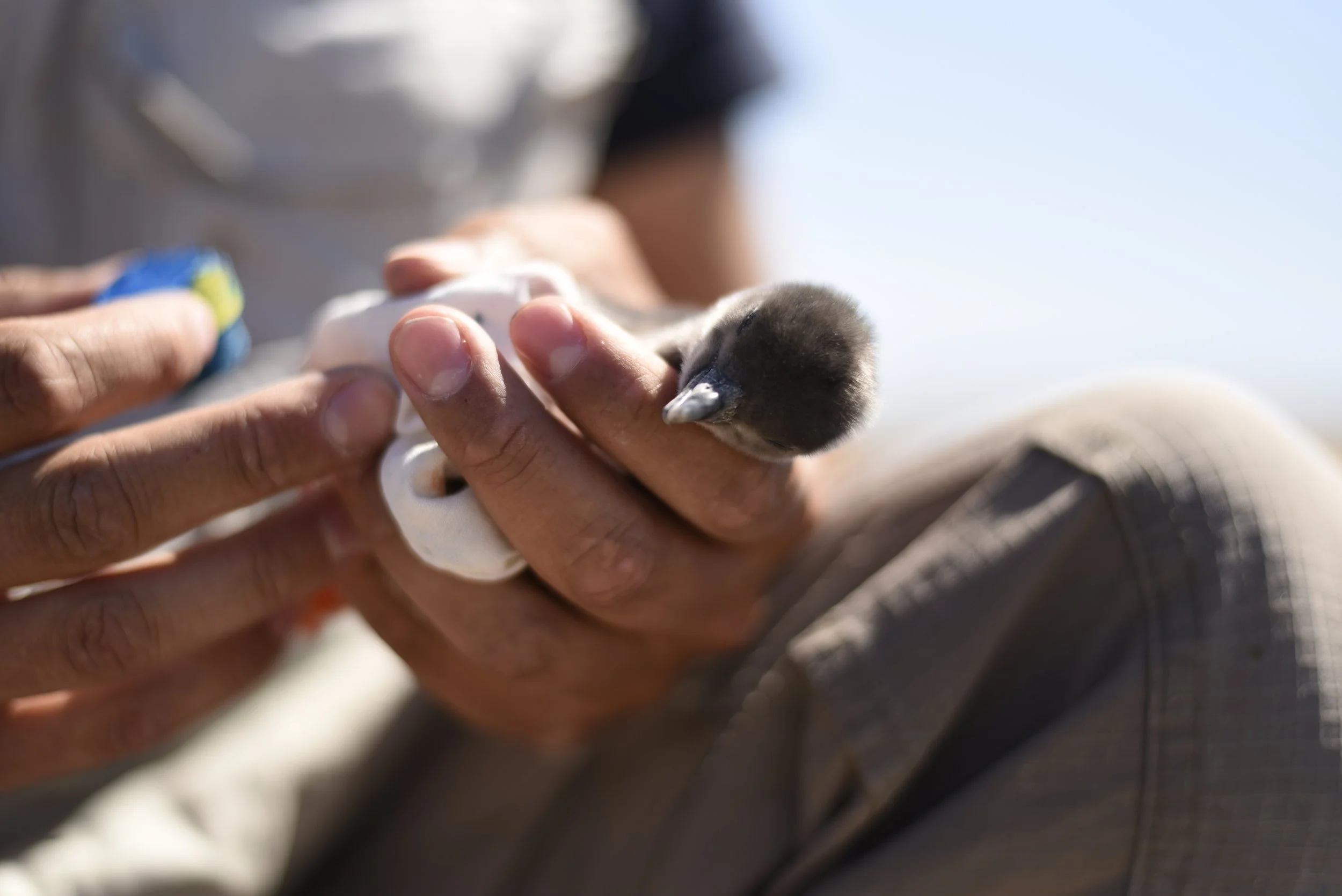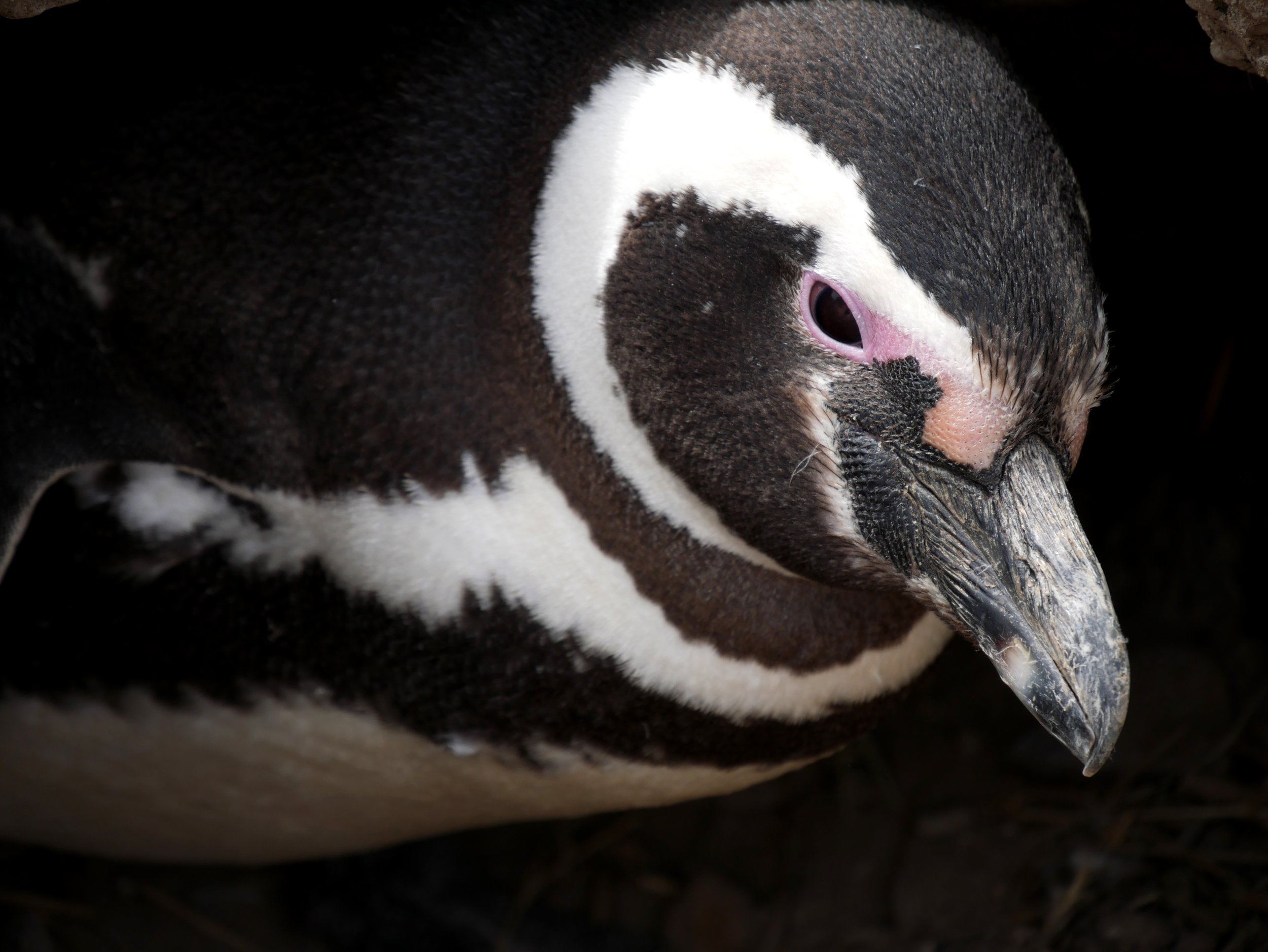
TRAILING PENGUINS IN PATAGONIA
What is Patagonia? Wild. Utterly and unconditionally. You hop in a car and drive as if you were stationary… constantly going somewhere only to end up nowhere. It is a terrestrial ocean - 360 degrees of barren wasteland where winds manifest and grow.
There is something about being surrounded by emptiness that forces you reflect inwardly on yourself. The little voice in your head gets louder and slowly but surely you come to realise that right there in that moment you are the centre of the universe. Frantically you start looking for familiarities – anchors in a wild sea whose sole purpose is to ground you. The sensation of penguin poo trailing down your leg, dust in your eyes, the pulsing pain behind an angry parent’s bill latching onto your hand… whatever it is, you get brought back down to Earth pretty quickly in Patagonia.
Penguins lead a simple life. Eat, find a mate and raise their young. Like most other seabirds, the only reason they need land is to breed – if they could, they would spend the entirety of their lives out at sea and I guess that is where my love of seabirds starts, we are one and the same when it comes to the ocean.
Over the summer of 2019 I worked as a researcher on a study of the Magellanic penguin. The colony, named Cabo Dos Bahias, has close to 9000 breeding pairs yet is considered small. The aim of the research was to gain a holistic understanding of the population dynamics of the colony. Following over 100 nests, we measured the growth rates of chicks whist deploying GPS tracking devices on adult foraging trips. Another aspect was conducting a health assessment of the colony - screening blood parameters of both chicks and adults whist gaining an understanding of the prevalence of ectoparasites and microplastic ingestion.
Moody Patagonia packing a punch…
I returned home exhausted with scars all over my hands, covered in flea bites and a fishy smell that turns out is here to stay. I can imitate their calls, estimate the time a chick was last fed based on the size of its belly and tell you whether it is male or female, one chick or two in Español. My world view now comes from the eyes of a penguin.
My learnings outside of the science? I could write a book – and one day I intend to do just that. This trip has confirmed that there are two priorities in my life. The first is a need to foster emotional connections between individuals and our environment in the hope of developing a holistic sense of kaitiakitanga (guardianship) in the face of climate change. The second is to use my knowledge as a veterinarian to assist in mitigating the global biodiversity crisis – to see our islands and surrounding ocean to return to their once wild status. Patagonia is as wild as it comes – New Zealand has work to do.
A particular moment that I cherish was down at the shore of the research site after finishing my counts where I found myself the centre of an ecosystem surrounded by the highest density and diversity of wildlife I’ve ever seen in my life (even surpassing Africa). It was a teary moment. A moment of overwhelming inner peace. Argue all you want but only the environment can give us that. I keep ranting on about the importance of emotional connections and I’m starting to realise that my role in life is to expose people to places like this and in the process create a world where the wild is always prioritised.
In the space of a week the chicks grew from fluffy golf balls to beer bellies, fishy breath and a reluctant transition of my role from researcher to penguin toilet!!
Another highlight of this fieldwork was the opportunity to assist the lead researcher, Gabriela Blanco, on one of her side projects investigating Southern giant petrels on one of the most remote islands in Patagonia. I commonly see these birds flying out at sea at home but seeing them living in a colony, sitting on eggs was a rare and cherished privilege. As with so many seabirds these days, these guys are not doing well. Cameras were placed around the colony to understand the root of the problem but naturally batteries run out and memory cards become full. On paper, our work was simple - ensure that the technology was still playing the game but as it turns out that’s easier said than done. These birds are extremely flighty.... one wrong move resulted in chaos forcing us to inch forward on our bellies. To some, giant petrels are ugly, but all I could see was a bird that embodies freedom.
Above all, no words can express my gratitude to the people that led me here. To Gabriela Blanco, an impressive seabird guru, mentor and cherished friend, thank you for taking me under your wing. To Ralph Vanstreels who embodies where I want to be in 10 years, your words have cemented my direction after drifting for many years trying to find my path. And finally, to the research team: I entered this country alone with only three words of Spanish, severe jet lag and an overweight bag. I found myself constantly cursing for putting myself in these situations - where I stretch myself so far out of my comfort zone I completely lose track of who I am. Isolation, a language barrier and no familiarities apart from waves crashing on a beach put me in a headspace of overwhelming loneliness. And then, all of a sudden, all of that loneliness evaporated. Maybe it was the copious amounts mate drunken in the car on the way home from the colony. Maybe it was the asados, Arwin’s love for fetch or the snoring symphonies that came with sharing a room with two guys. Perhaps it was Geno’s hugs, a alfajore or two, humour drier than the Patagonian desert, or the state of crazy that comes with being unbelievably tired.
All I know is it is going to be hard to top a field crew like you.
An attempt at portraying the beauty that is Patagonia.




